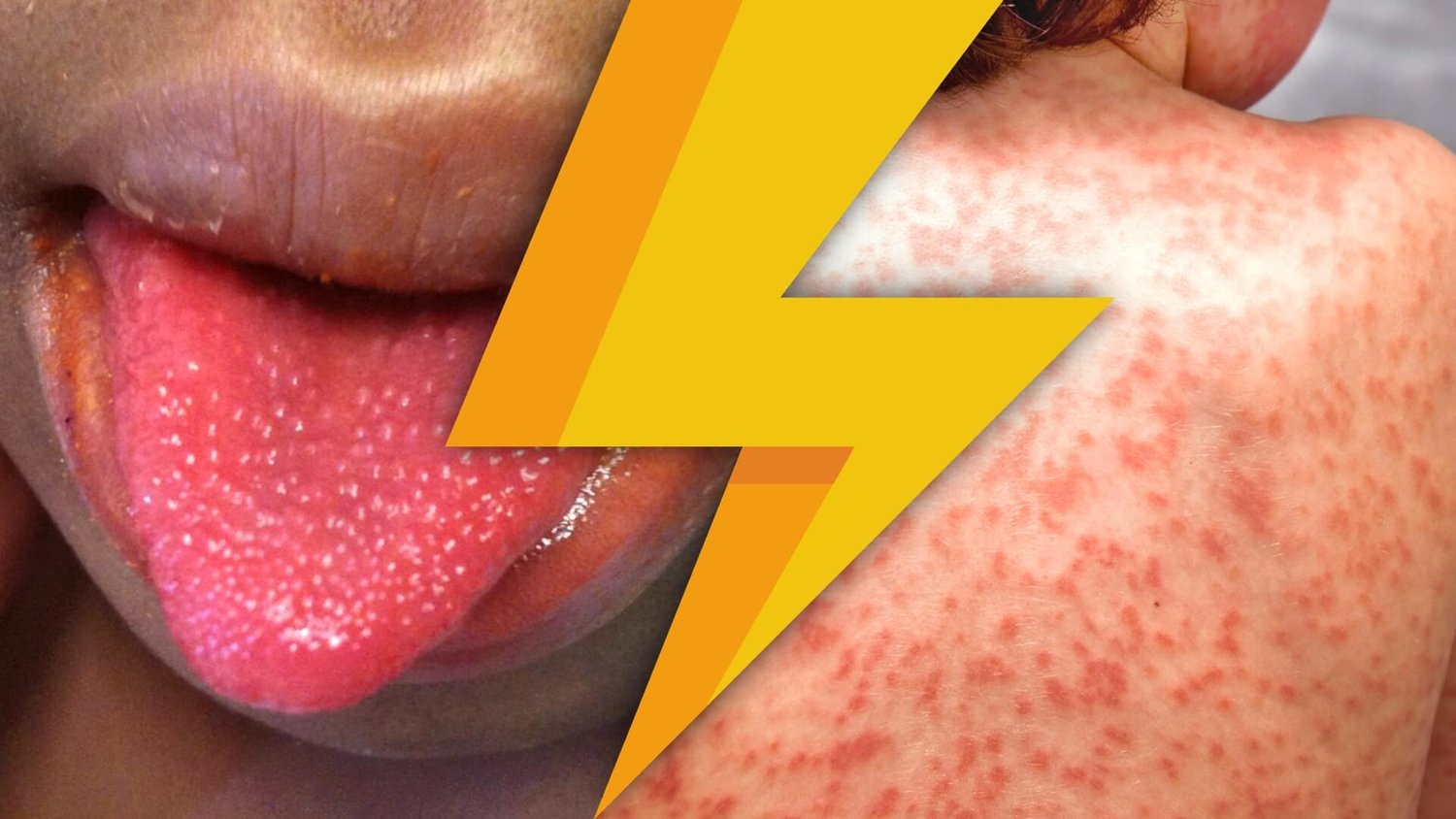
DiYES International School – Kawasaki Disease is a rare but serious illness that affects children, mostly under the age of five. It often starts with a high fever that lasts more than five days and does not respond to standard medications. Many parents think it is just a stubborn flu or a viral infection and delay seeking medical attention. However the disease progresses rapidly and can lead to inflammation of blood vessels, especially the coronary arteries that supply blood to the heart. This inflammation can cause long-term cardiac damage if not treated early. The challenge with Kawasaki Disease lies in how easily its early symptoms can be mistaken for other common childhood illnesses. Parents and even healthcare providers may overlook it until the situation becomes urgent. Recognizing the signs early and consulting a pediatric specialist is crucial to avoiding complications that could affect a child for life.
Kawasaki Disease can have a direct impact on a child’s cardiovascular system. During the acute phase of the illness, the blood vessels become inflamed and the heart can become enlarged. One of the most severe risks involves the development of coronary artery aneurysms which may form within the first two weeks of illness. These bulges in the arteries can weaken vessel walls and increase the chance of blood clots or heart attacks even in very young children. The disease also affects other parts of the body causing red eyes, cracked lips, swollen hands and feet, skin rashes and swollen lymph nodes. Kawasaki Disease does not spread from person to person and researchers still do not fully understand what causes it. However early treatment using intravenous immunoglobulin and aspirin can significantly reduce the risk of heart complications. A child who receives timely intervention usually recovers well and avoids long-term damage.
“Read about: Rotavirus Symptoms Look Harmless, Until Your Baby Is Severely Dehydrated!”
Diagnosing Kawasaki Disease early is one of the biggest factors in ensuring a good outcome. Pediatricians often say the first ten days from the onset of symptoms are the window of opportunity for preventing permanent heart damage. If the diagnosis is delayed the risk of coronary artery involvement increases significantly. Many cases are misdiagnosed in the early stages because the symptoms appear similar to scarlet fever or viral infections. Parents must be persistent in seeking medical opinions if the fever persists beyond five days and if other classic signs appear. Blood tests echocardiograms and close monitoring help doctors confirm the diagnosis and start treatment. While most children respond well to therapy a small percentage may need longer hospitalization or additional medication. This is why Kawasaki Disease must be on the radar of both families and physicians when dealing with prolonged fever and unexplained symptoms in young kids.
Several families who experienced Kawasaki Disease firsthand have shared powerful stories about the struggle to get a diagnosis. Many recall being turned away from clinics multiple times before someone recognized the condition. One mother from Ohio said her child was misdiagnosed with a simple viral rash and sent home twice before being admitted to the hospital. By then the inflammation had already affected the coronary arteries. In another case a toddler in Jakarta recovered fully because a pediatric cardiologist spotted the signs early. These experiences highlight the need for awareness among both parents and primary care doctors. Support groups and online communities have helped many families find comfort and share information during recovery. As more people speak up about their experiences with Kawasaki Disease the hope is that fewer children will go undiagnosed or untreated. Real-life stories make the medical facts more urgent and encourage timely action from those who read them.
“Read more: This Human Trafficking Curriculum Is Waking Up a Generation, Find Out Why!”
Public awareness campaigns about Kawasaki Disease remain limited compared to other childhood illnesses. This is surprising given how severe the long-term effects can be. Parents should learn the key symptoms such as persistent high fever bloodshot eyes red tongue skin peeling and swollen limbs. They should also remember that early treatment leads to full recovery in most cases. Schools daycare centers and pediatric clinics can distribute educational materials to help families recognize early warning signs. Medical professionals can also include Kawasaki Disease in differential diagnosis lists for prolonged unexplained fever. Advocacy groups continue to push for better training and guidelines to ensure more consistent detection. Social media has become a helpful tool in spreading awareness across communities. When more people understand the risks and symptoms of Kawasaki Disease early diagnosis becomes more likely. Protecting children from preventable heart damage starts with informed caregivers who know what to watch for and how to act quickly.